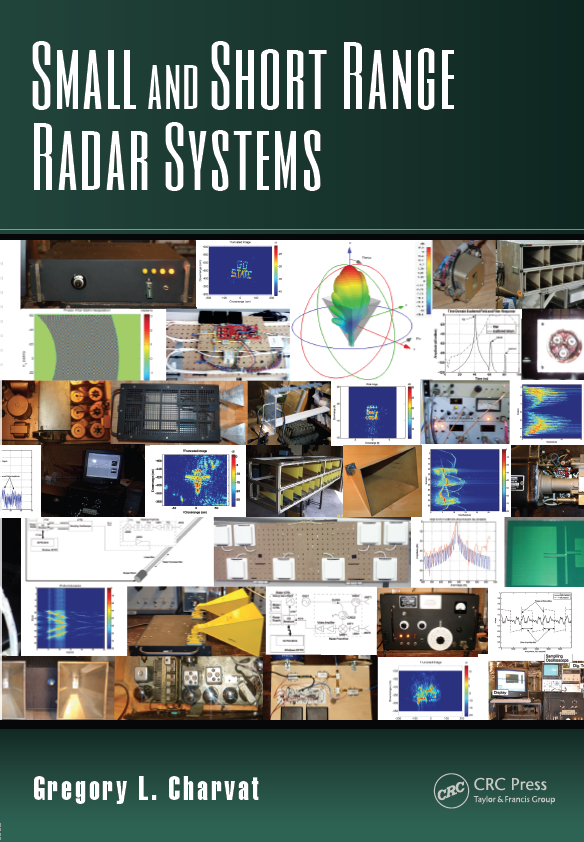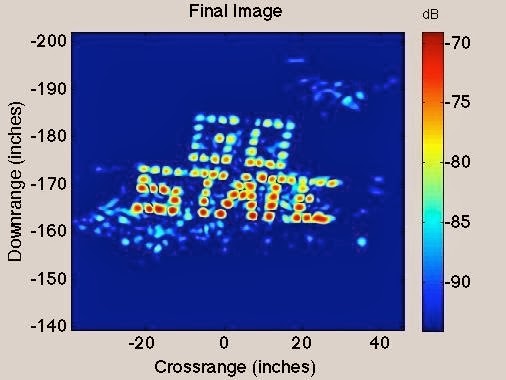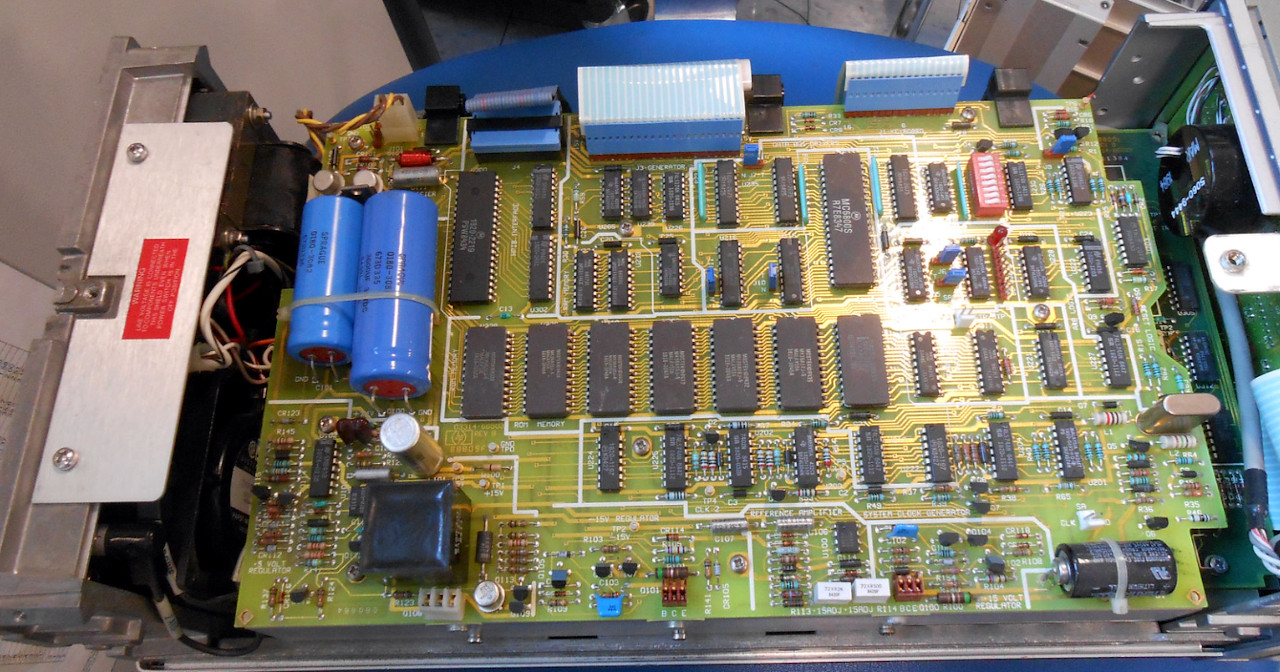Tomorrow at Tufts i will be presenting a talk on the coffee can radar course:
This will be a fun talk with a spirited discussion on both how to make a radar out of coffee cans and also how to use it to teach the basics of radar and applied electromagnetics.
Education Society and IEEE Women in Engineering
3:00 PM
Tuesday, 13 September
The MIT IAP 2011 Radar Course: Build a Small Radar System Capable of Sensing Range, Doppler, and Synthetic Aperture Radar (SAR) Imaging
Dr. Gregory L. Charvat, MIT Lincoln Laboratory
Recently, MIT Lincoln Laboratory sponsored a radar short course at MIT main campus during the
January 2011 Independent Activities Period (IAP). The objective of this course was to generate student interest in applied electromagnetics, antennas, RF electronics, analog circuits, digital signal processing, and other engineering topics by building a short-range radar sensor and using it in a series of field tests. Lectures on the basics of radar, modular RF design, antennas, pulse compression and SAR imaging were presented. Teams of three students received a radar kit. This kit was developed by the authors and uses a frequency modulated continuous wave (FMCW) architecture. To save costs, empty metal coffee cans are used for antennas, parts are mounted on a wood block, it uses only 6 coaxial microwave parts, analog circuitry on a solderless breadboard, and runs on 8 AA batteries. Data is acquired by the audio input on a laptop computer sampling the video output (right channel) and transmit synchronization pulses (left channel). The total cost of each kit was $360. Of the nine student groups, all succeeded in building their radar, acquiring doppler vs. time and range vs. time plots, seven succeeded in acquiring at least one SAR image, and some groups improved the radar system itself. Great interest in these topics was generated by this course. By presenting these difficult topics at a high level while at the same time making a radar kit and performing field experiments, students became self motivated to explore these topics. In the long term, courses using this continuous engagement philosophy could help fill the gap as the current generation of radar engineers continues to retire.

Gregory L. Charvat grew up in the metro Detroit area, where the hands-on approach to engineering within the automotive culture was a great influence on his life. He earned his PhD in electrical engineering in 2007, his MSEE in 2003, and BSEE in 2002 from
Michigan State University where he worked as a graduate research assistant for the
Electromagnetics Research Group. He is currently a technical staff member at
MIT Lincoln Laboratory since September of 2007 and teaches
short radar courses at the Massachusetts Institute of Technology.
This meeting of the Boston chapter of Education Society and the IEEE Women in Engineering Boston Affinity Group is scheduled for 3 PM, Tuesday September 13th at Tufts University, Halligan Hall, Room 111 Department of Electrical and Computer Engineering, 161 College Avenue, Medford, MA 02155. It is free and open to the public. For more information, contact IEEE Boston Section Chair and Chair, Education Society, Dr. Karen Panetta, (Karen@ieee.org)
Directions to the Tufts University are available at http://www.eecs.tufts.edu.
Halligan Hall is located across the street from the Cousen’s parking lot, and is adjacent to the Tufts Cousen’s Gymnasium.



 Gregory L. Charvat grew up in the metro Detroit area, where the hands-on approach to engineering within the automotive culture was a great influence on his life. He earned his PhD in electrical engineering in 2007, his MSEE in 2003, and BSEE in 2002 from
Gregory L. Charvat grew up in the metro Detroit area, where the hands-on approach to engineering within the automotive culture was a great influence on his life. He earned his PhD in electrical engineering in 2007, his MSEE in 2003, and BSEE in 2002 from 






